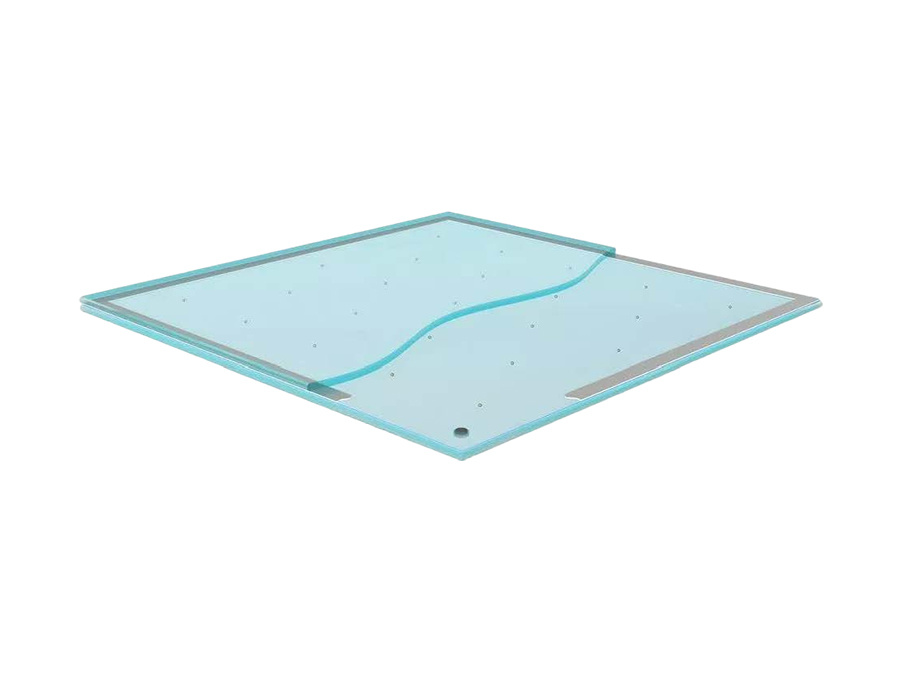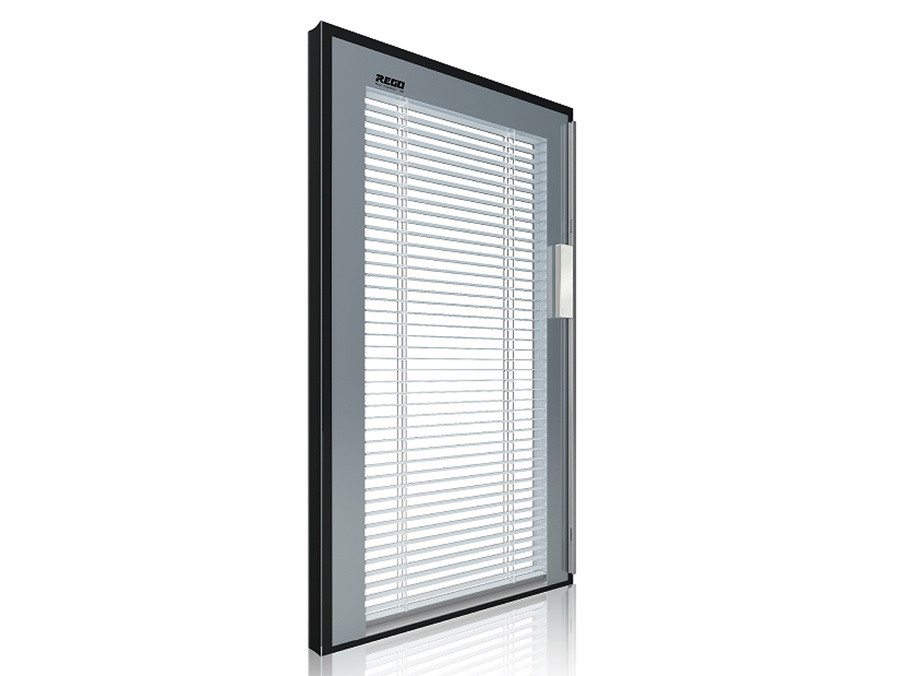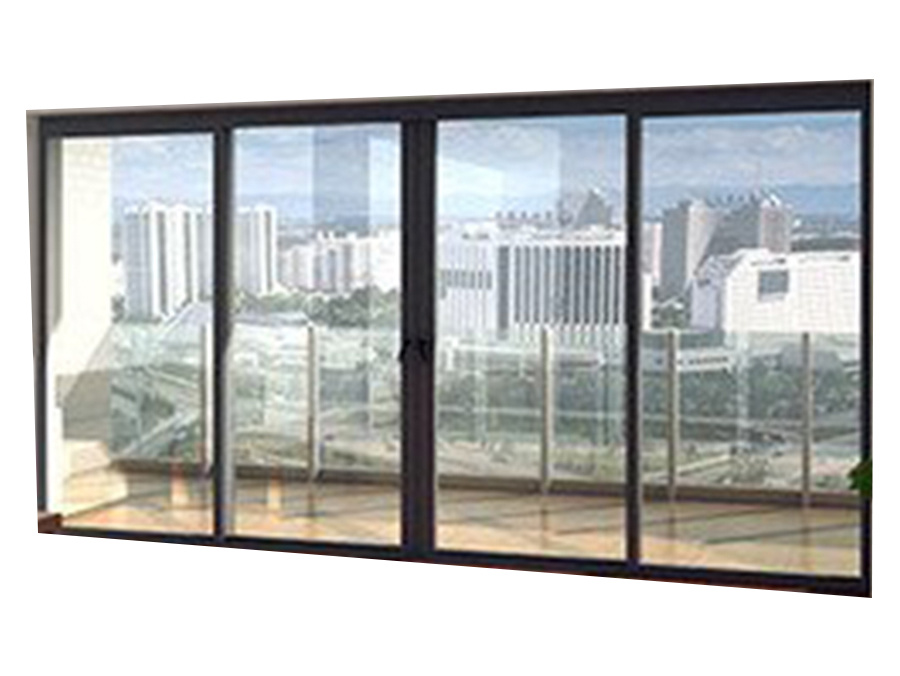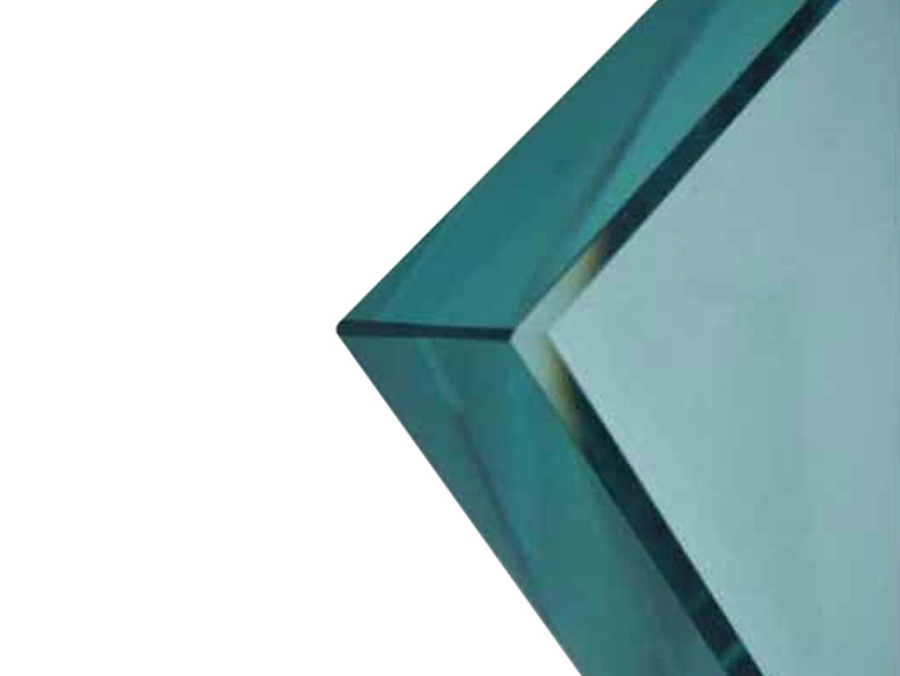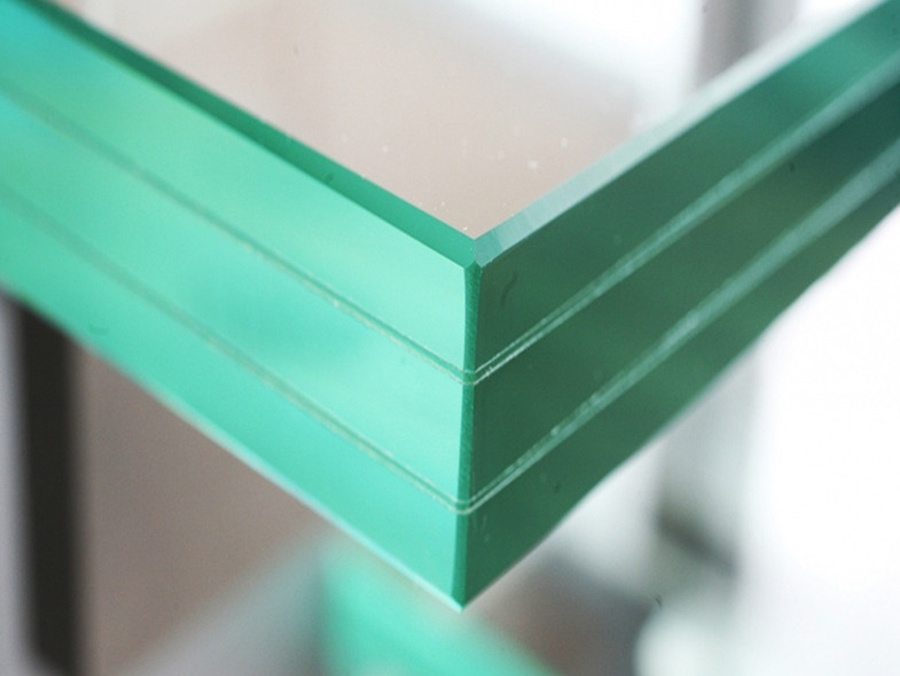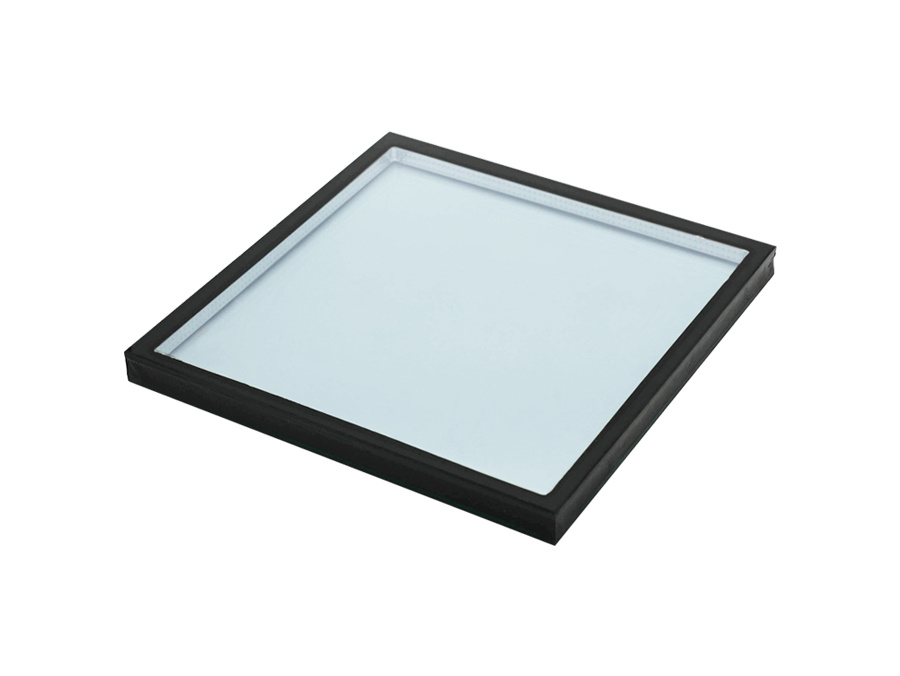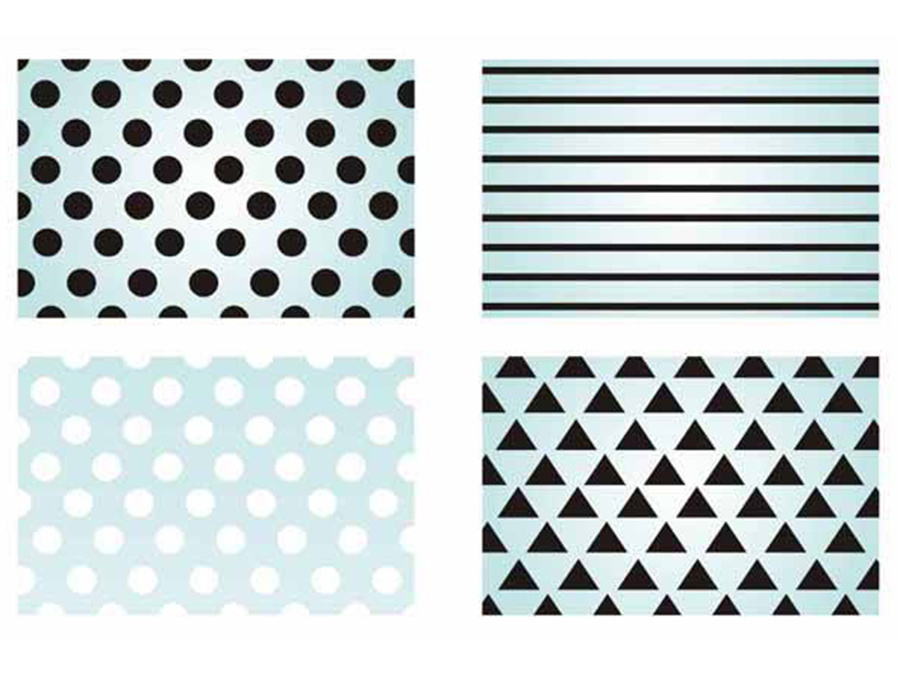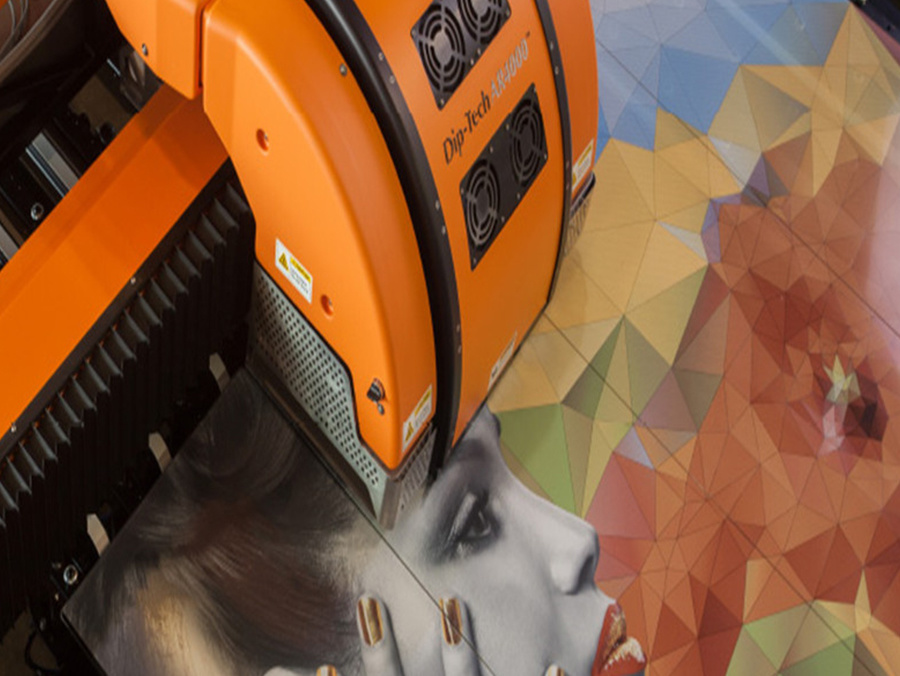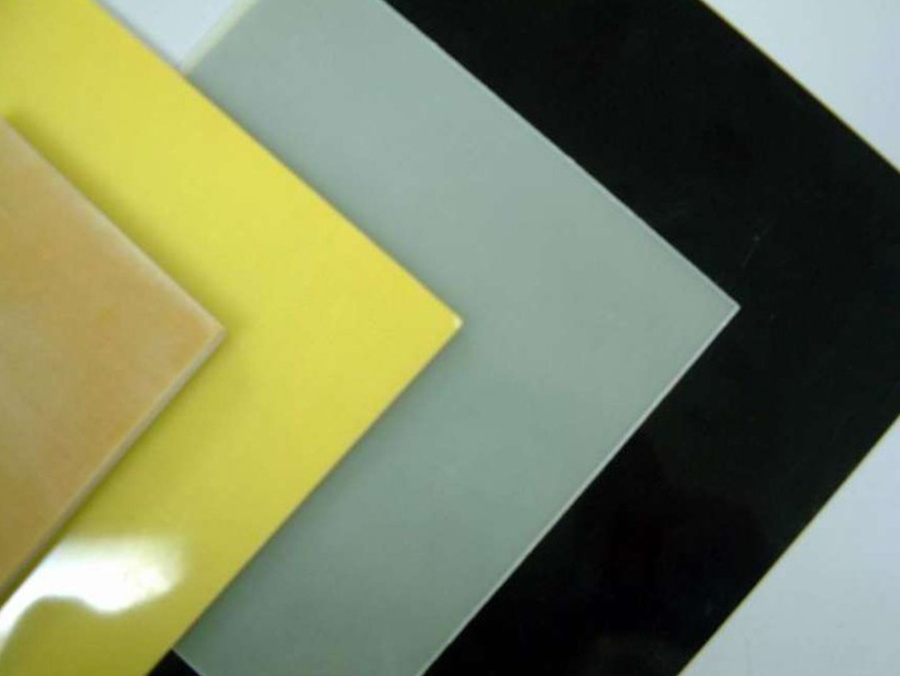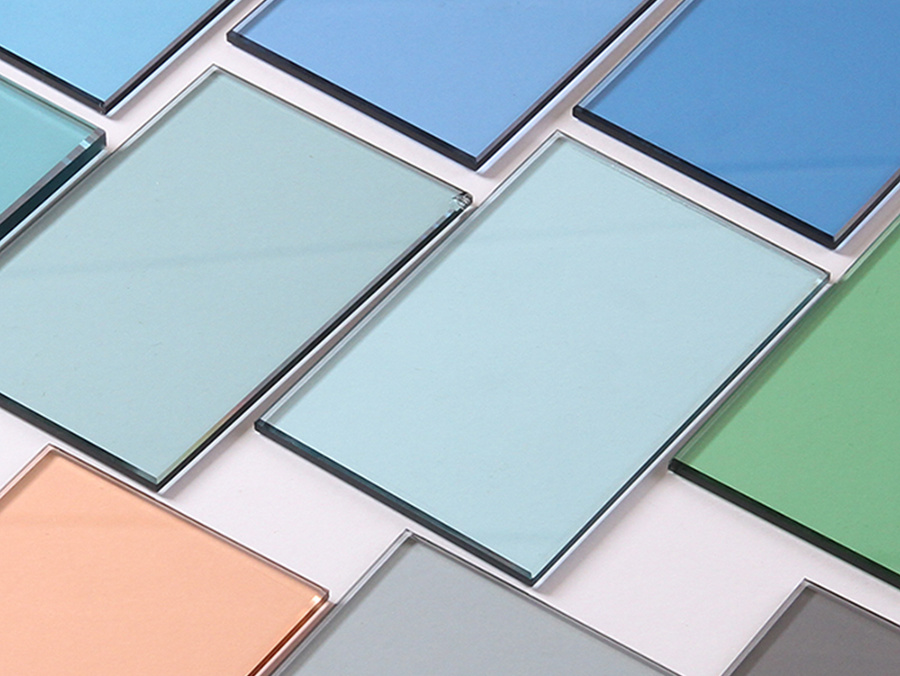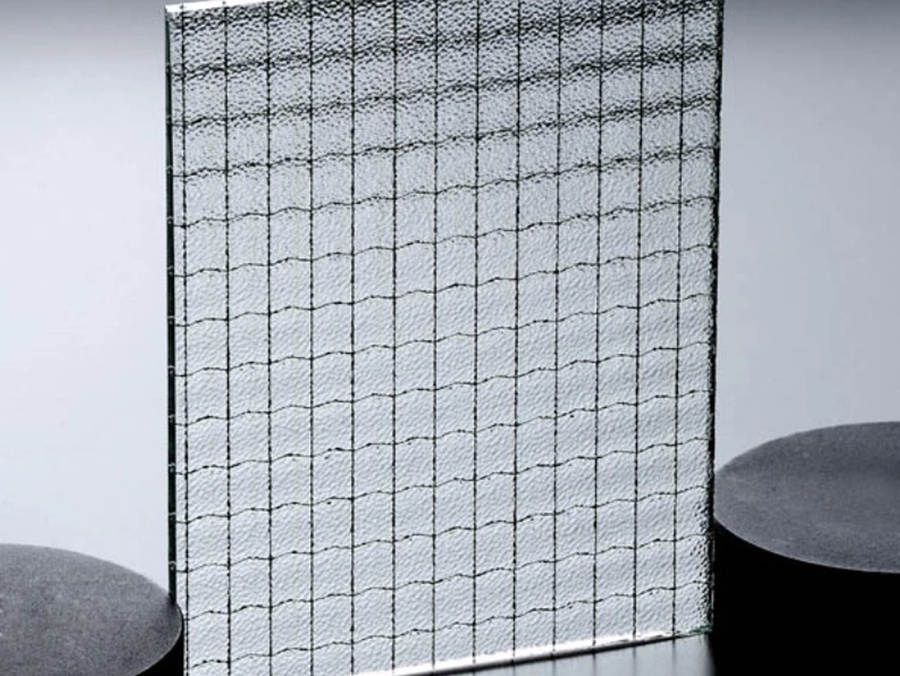
Low-e Glass
Low-E glass, also known as low-radiation glass, is a film series product made of multilayer metal or other compounds plated on the surface of glass, which has excellent heat insulation effect and good light transmission.
Category:
Product
- Product Description
-
▎Product overview
Low-emissivity coated glass (also known as Low-E glass) is produced by coating one or two layers of 10-20 nanometer metallic silver on high-quality float glass original sheets using vacuum magnetron sputtering. Silver is the substance with the lowest emissivity in nature. It can reduce the emissivity of glass from 0.84 to 0.1 or even lower, reducing radiant heat loss by 90%. According to the film layer of Low-e glass, it can be divided into single silver, double silver and triple silver.

Single silver high transmittance Low-E glass
Features
◆ High visible light transmittance--the appearance effect is good permeability and good indoor natural lighting effect.
◆ Higher solar transmittance means more solar heat radiation passes through the glass, and the shading coefficient SC of the glass is ≥ 0.5.
◆ Extremely high far-infrared reflectivity and low heat transfer coefficient U value, excellent thermal insulation performance.
Double silver Low-E glass
When the visible light transmittance is the same, it has lower solar transmittance than ordinary Low-E glass, that is, it has a lower shading coefficient Sc. In other words, it filters sunlight into a cold light source to the greatest extent, solves the contradiction between high visible light transmittance and low solar transmittance, and provides energy-saving guarantee for designs that pursue transparent appearance.
Features
◆ High visible light transmittance--the visible light band maintains a high transmittance to ensure good natural lighting.
◆ Extremely low solar transmittance - effectively limits the transmission of solar thermal radiation, especially the transmission of near-infrared thermal radiation.
Bendable tempered Low-E glass
Ordinary Low-E glass cannot undergo heat treatment processes such as hot bending and tempering after forging, which greatly limits the large-scale promotion of Low-E glass and the promotion of building energy conservation. However, the film layer of this kind of Low-e glass is made of new materials and can be bent and tempered, which fully meets the needs of architectural curved glass design and has been widely used in many large buildings at home and abroad.
Features
◆ Can achieve post-filming hot bending, tempering and other treatments.
◆ It has the photothermal performance of ordinary Low-E glass and good energy-saving effect.
use
Residential and commercial buildings, glass doors, curtain walls, display windows, partitions, etc.
Processing specifications
◆ Standard size: 2440x3660mm, 2440x3300mm
The largest size is 3300 x 6000mm,
Z small size 300mm x 300mm
◆ Thickness: 5mm, 6mm (8mm and 10mm need to be customized)
◆ Color: colorless and transparent, various shades of gray, blue, green, blue-green, gold series colors
Quality Standard
◆ Comply with the national standard GB/T18915.2-2002 "Coated Glass"
◆ Comply with AS/NZ2208: 1996 Australian Standard
◆ Comply with ASTM E2190 American standard (IGCC)
Precautions for selection
◆ Special sound insulation and heat insulation requirements: Filling Low-E insulating glass with argon gas (Ar) can further reduce the U value of the heat transfer coefficient and enhance the sound insulation performance.
◆ Prevent thermal stress cracking of glass: When selecting glass products whose solar energy absorption is close to or exceeding 70%, it is recommended that the glass should be tempered or semi-coppered to enhance its ability to resist thermal shock and prevent thermal stress cracking of the glass.
◆ Color selection: The colors marked in the performance parameter table are the reflection colors of the glass under the natural outdoor sky background. The reflection color of the glass observed when the background sky color changes will be different, so it is necessary to adopt multiple directions and angles when selecting. Observation is appropriate.▎Detailed parameter

下一页

